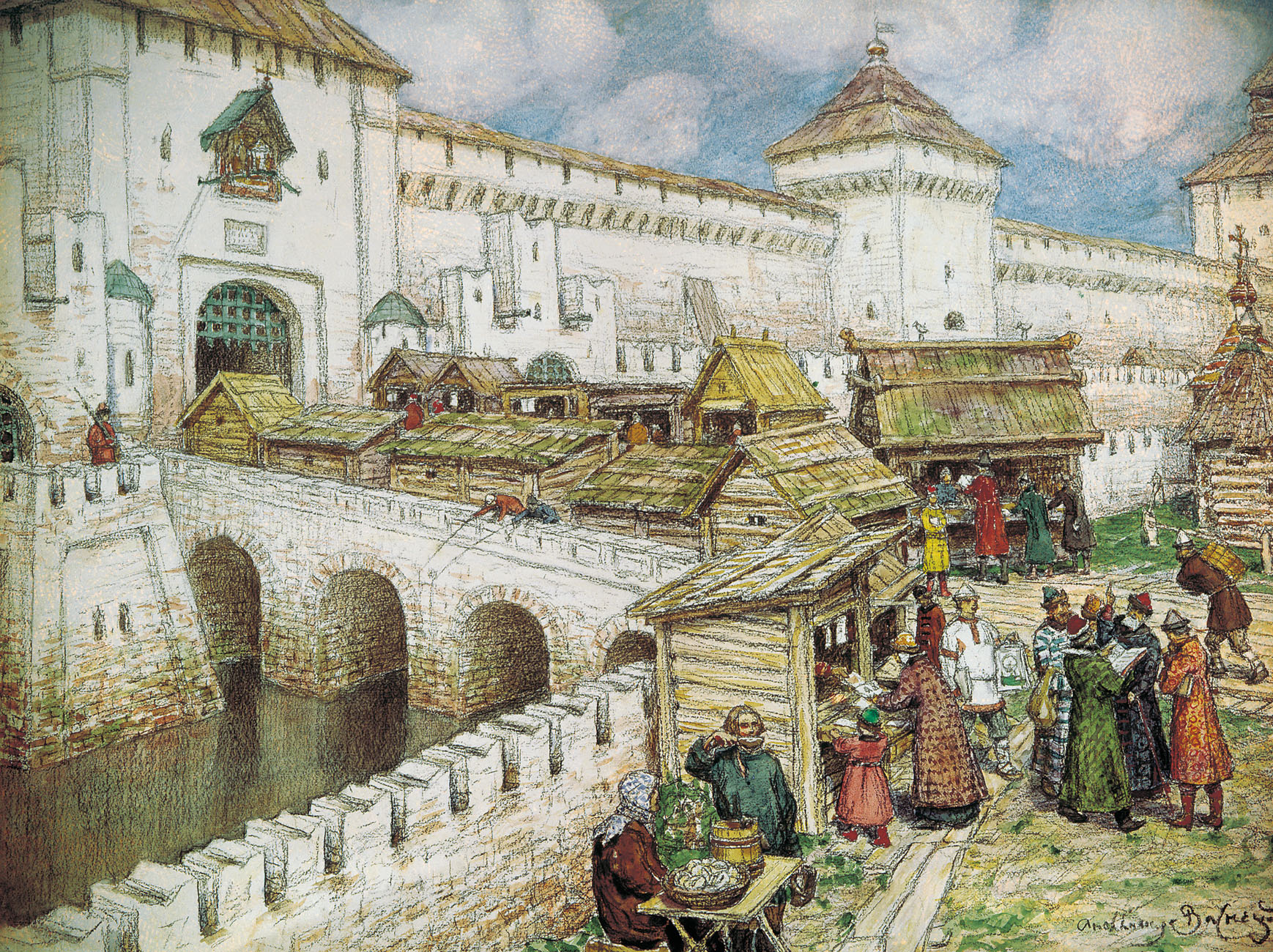Russian charm
I met a Russian last month. She’s a brilliant Spanish
student in one of my classes and from the first day she's struck me as a very
friendly and outgoing person. In one of our conversations she said: "you see, I know we (Russians)
have a reputation of being unfriendly, but you will find it is not so once you get to know us
well."
At the time I had no idea what she was talking about. Then
I resorted to pop-culture references, one of the best sources of symbols at our
disposition and there I found the stereotype of the Russian. Often portrayed
as an extremely intelligent rocket scientist or chess player by the movies, the stereotypical
Russian is also a blunt person who doesn’t smile much and loves vodka.

There’s probably some degree of truth in this stereotype,
after all, all well-known stereotypes reflect some of the reality. Based on what expatriates working in Russia
have written on the internet, I can also see that this is a cultural shock
catalyzer for many foreigners visiting Russia for the first time.
People are often shocked by the Russian’s lack of smiles
towards the tourist. This is often mistaken as a rejection towards the tourist,
but the truth is Russians don’t smile at people (including other Russians) for
no reason. It is simply considered a sign of hypocrisy and those who smile for
no reason are considered untrustworthy and false. However, we are not Russians,
some might say. Since we are visitors, shouldn’t we be treated nicely?
That is precisely the question, should we be treated
differently by natives to avoid culturally shocking us? Or maybe should we try to understand the reasons for certain behaviors that we consider "shocking"?
I can only speak for myself in this regard but I expect, in
fact thrive, for cultural differences in my travelling experiences. Treat me as
you would normally treat another human, I want to have a glimpse of your world
through your eyes. Then, instead of bringing back mementos that after all won’t
look that great at my home, I might bring something unique and rather
invaluable: a new, broadened view of the world.


